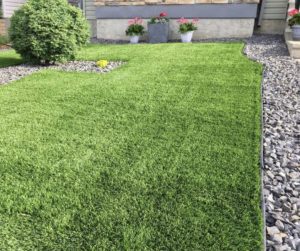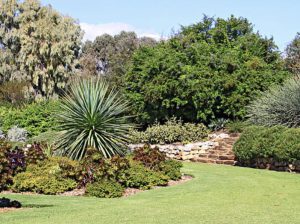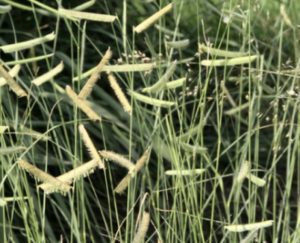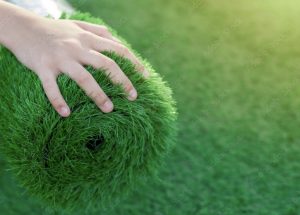Water scarcity is a pressing concern in regions like British Columbia, where the climate poses significant challenges for maintaining lush green lawns and gardens. As responsible stewards of the environment, it’s essential to explore sustainable landscaping practices that promote water conservation. In this IslandEarth blog post, we will delve into drought-resistant turf alternatives, offering practical and low-maintenance options that are well-suited to British Columbia’s unique climate.

Understanding the Climate and Water Situation in British Columbia:
British Columbia’s diverse climate ranges from coastal temperate rainforests to arid interior regions. Water conservation is crucial to ensure the sustainable use of this valuable resource. According to recent statistics, the province faces intermittent drought conditions, making it necessary to adapt landscaping practices to conserve water effectively.

Benefits of Drought-Resistant Turf Alternatives:
Switching to drought-resistant turf alternatives offers numerous benefits. Homeowners and businesses can significantly reduce water consumption and maintenance efforts by choosing water-efficient landscaping options. Additionally, these alternatives are environmentally friendly and contribute to the preservation of local ecosystems.

Drought-Resistant Turf Alternatives for British Columbia:
- Native Grasses: Native grass species, such as blue grama grass (Bouteloua gracilis) and buffalo grass (Buchloe dactyloides), naturally adapt to British Columbia’s climate. These grasses have deep root systems, making them more resilient during dry periods and requiring less water to thrive.
- Eco-Blend Mixes: Eco-blend seed mixes are thoughtfully formulated to include various drought-resistant grass species. These blends can thrive in different conditions and often contain fescues, ryegrasses, and other water-efficient varieties.
- Artificial Turf: While artificial turf may not provide the same natural feel as real grass, it offers a practical solution for low-water landscaping. With no need for irrigation or mowing, synthetic turf is an excellent option for those seeking a low-maintenance, water-saving alternative.
- Xeriscaping: Embracing xeriscaping principles can further enhance water conservation efforts. Xeriscaping involves selecting native plants, using mulch to retain moisture, and implementing efficient irrigation systems to minimize water waste.

Low-Maintenance Techniques to Enhance Water Conservation:
Implementing a few essential techniques can ensure your drought-resistant landscape remains healthy with minimal water usage:
- Watering Wisely: Water deeply and less frequently to encourage profound root growth and reduce evaporation.
- Mulching: Apply mulch around plants to retain moisture, suppress weeds, and protect roots from extreme temperatures.
- Soil Improvement: Regularly amend the soil with organic matter to enhance water retention and nutrient absorption.
Success Stories and Examples:
Many homeowners and businesses have successfully embraced drought-resistant turf alternatives throughout British Columbia. For instance, Vancouver’s “Garden of the Future” project replaced traditional lawns with eco-blend seed mixes and native grasses, resulting in a remarkable reduction in water consumption without compromising beauty.
By transitioning to drought-resistant turf alternatives and incorporating water-saving techniques, we can all play a part in conserving water resources in British Columbia. Together, we can create sustainable landscapes that beautify our surroundings and preserve the environment for future generations. Let’s positively impact our communities by prioritizing water conservation in our landscaping endeavours.